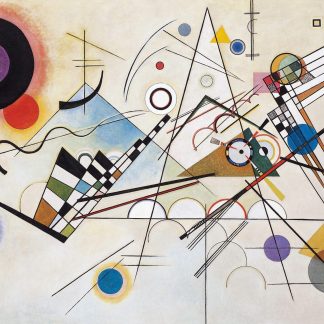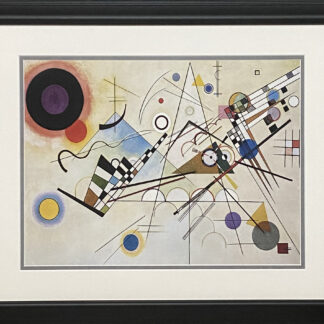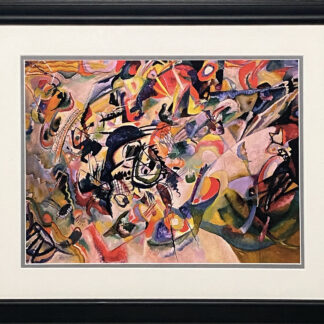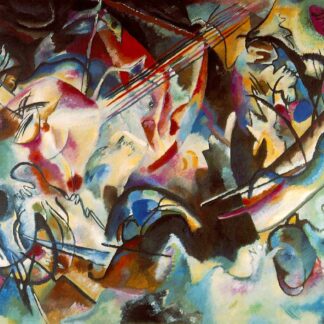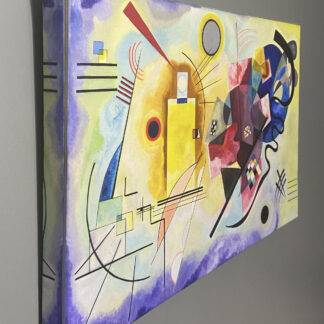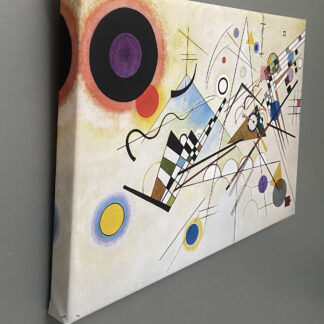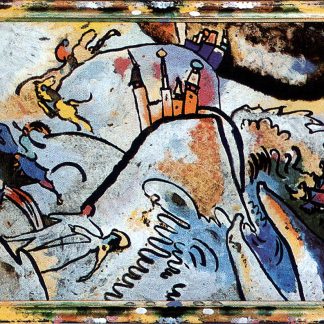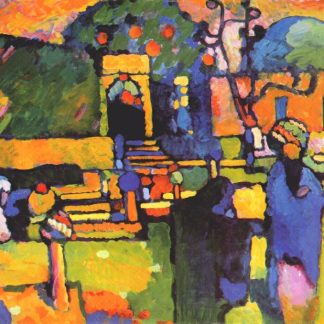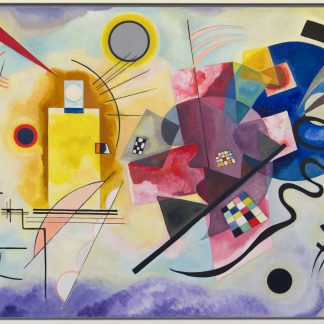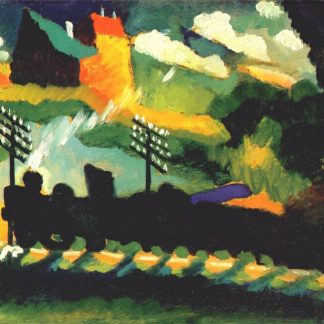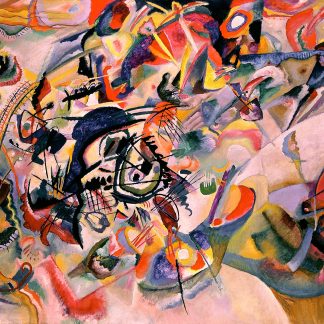Wassily Kandinsky (1866-1944) was a Russian painter and art theorist who is known for his contributions to the development of abstract art. Kandinsky was interested in exploring the relationship between color and form, and his work is characterized by its use of bold, vibrant colors and geometric shapes. He believed that art should express the inner spiritual life of the artist, and he saw abstract art as a means of expressing this inner experience.
Kandinsky’s early work was influenced by Impressionism and Fauvism, but he eventually moved away from these styles and began to explore the possibilities of abstraction. In 1911, he published a book called “Concerning the Spiritual in Art,” in which he laid out his ideas about the relationship between art, spirituality, and abstraction. He believed that abstract art had the power to express emotions and ideas in a way that traditional representational art could not.
Kandinsky’s legacy as an artist and theorist has been significant, and his influence can be seen in the work of many later artists. His ideas about the relationship between art and spirituality, as well as his use of color and form, have been particularly influential in the development of abstract art. Today, his paintings are celebrated for their bold, vibrant colors and their pioneering role in the development of abstract art.
Showing all 15 results
-

Composition VIII
Kandinsky, Wassily From $28.69 Select options This product has multiple variants. The options may be chosen on the product page -

Wassily Kandinsky – Composition VIII
Kandinsky, Wassily $185.00 Add to cart -

Wassily Kandinsky – Composition VII
Kandinsky, Wassily $185.00 Add to cart -

Composition VI
Kandinsky, Wassily From $28.69 Select options This product has multiple variants. The options may be chosen on the product page -

Wasilly Kandinsky – Yellow, Red, Blue
Kandinsky, WassilyFramed Art, Gallery Wrapped Canvas
$85.00 Add to cart -

Wasilly Kandinsky – Composition VIII on Canvas
Kandinsky, WassilyFramed Art, Gallery Wrapped Canvas
$80.00 Add to cart -

Wasilly Kandinsky – Composition VII on Canvas
Kandinsky, WassilyFramed Art, Gallery Wrapped Canvas
$70.00 Add to cart -

Interior (My Dining Room)
Kandinsky, Wassily From $28.69 Select options This product has multiple variants. The options may be chosen on the product page -

Glass Painting With The Sun (Small Pleasures)
Kandinsky, Wassily From $28.69 Select options This product has multiple variants. The options may be chosen on the product page -

Arabs I (Cemetery)
Kandinsky, Wassily From $28.69 Select options This product has multiple variants. The options may be chosen on the product page -

Yellow, Red, Blue
Kandinsky, Wassily From $28.69 Select options This product has multiple variants. The options may be chosen on the product page -

Allerheiligen I
Kandinsky, Wassily From $28.69 Select options This product has multiple variants. The options may be chosen on the product page -

Murnau View with Railway and Castle
Kandinsky, Wassily From $28.69 Select options This product has multiple variants. The options may be chosen on the product page -

Improvisation Gorge
Kandinsky, Wassily From $28.69 Select options This product has multiple variants. The options may be chosen on the product page -

Composition VII
Kandinsky, Wassily From $28.69 Select options This product has multiple variants. The options may be chosen on the product page
Showing all 15 results

